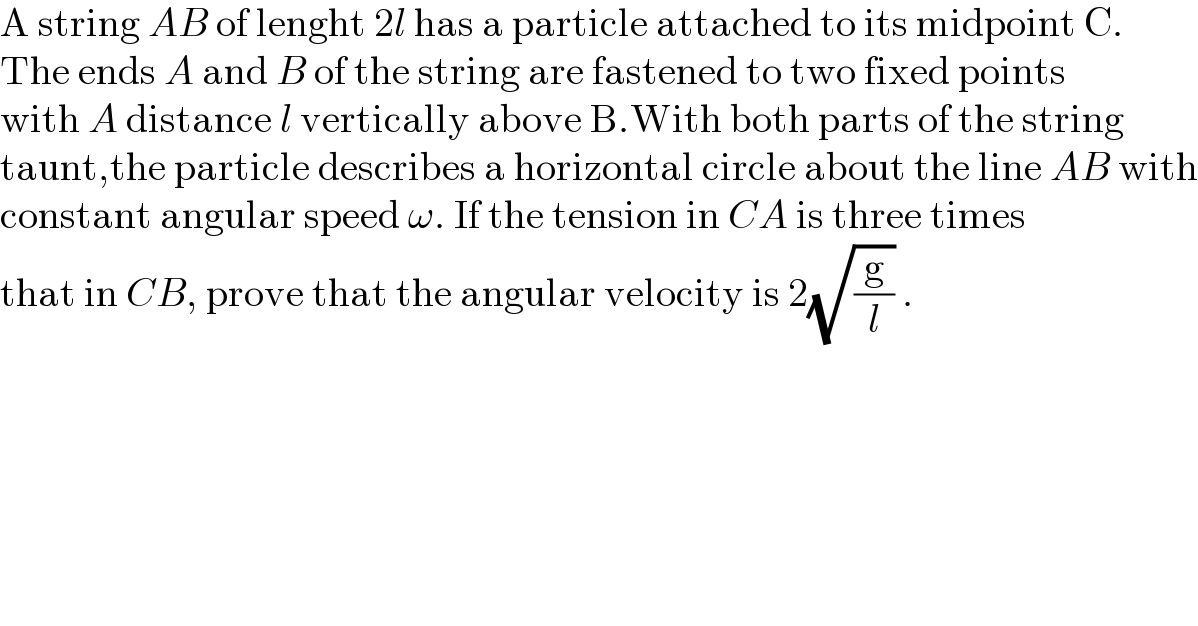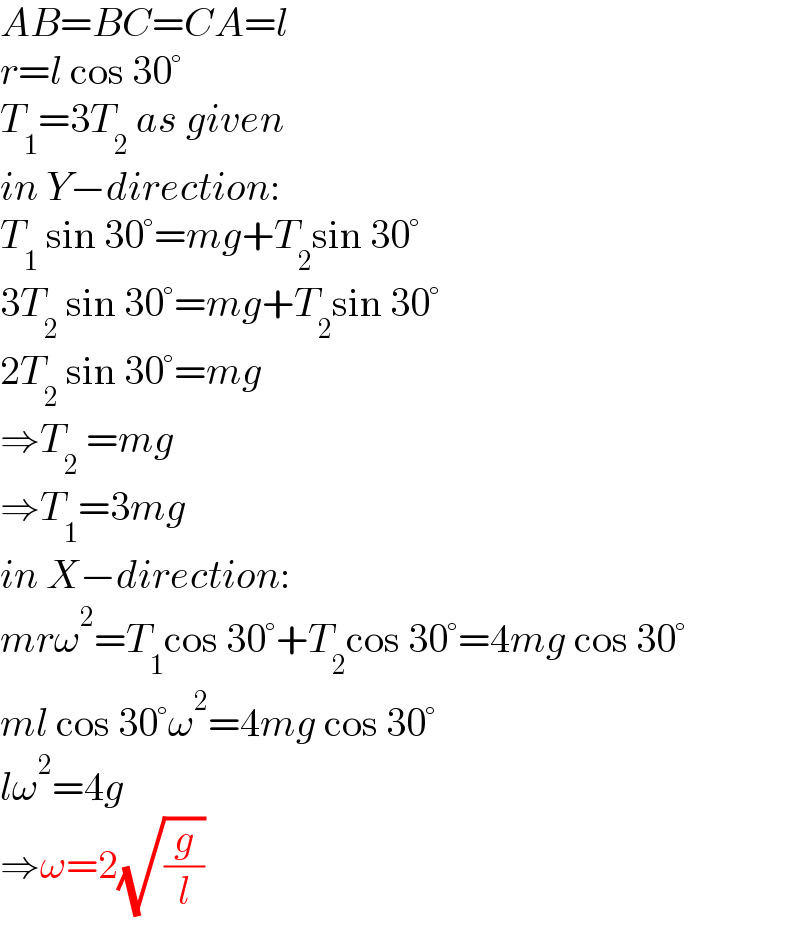Question Number 137787 by physicstutes last updated on 06/Apr/21

Answered by mr W last updated on 06/Apr/21

Commented by mr W last updated on 06/Apr/21

Commented by physicstutes last updated on 06/Apr/21

Commented by mr W last updated on 07/Apr/21

